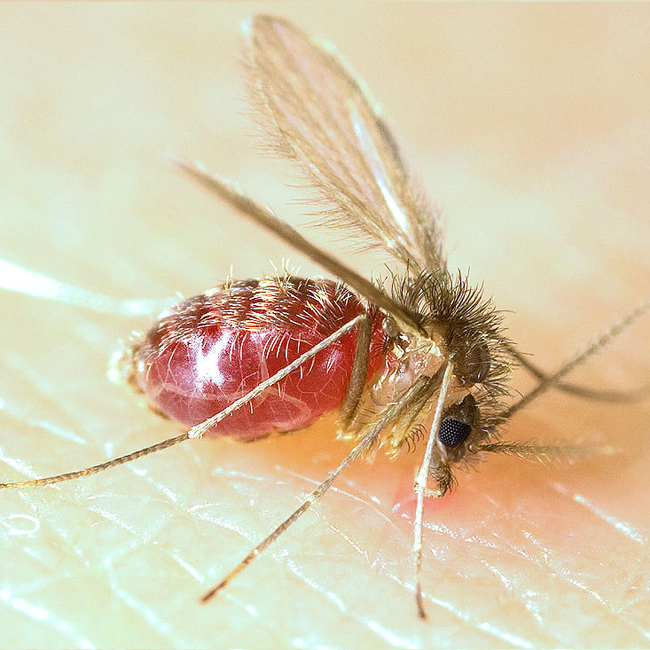Skeleton of Human
v Skull:
Has total 29
bones
·
Total
cranial bones : 8
Frontal -1, parietal- 2, temporal-2, occipital-1,
sphenoid-1
Ethmoid-1
Middle ear
in human is enclosed by temporal bone
·
Total
facial bones: 14
Nasals-2, maxillae-2, mandible-1, vomer-1,
palatine-2, lachrymal-2, inferior nasal-2, zygomatic
(cheek bone) - 2
·
Ear
ossicles: 6( 3 in each ear)
·
Single
hyoid bone at the base of tongue
·
The joint of skull
bone is called suture and the air
filled cavities in the skull bone is called sinuses
·
Coronal
suture joins frontal and parietal bone
·
Lambdoidal suture
joins parietal and occipital bone
·
Squamous suture joins
parietal and temporal bone
·
Saggital
suture joins two parietal bones
·
Sella
turcica for lodging pituitary gland is found
in sphenoid bone
·
Mastoid process is
found in temporal bone
v Vertebral column:
Total no
vertebra is 33 in infants and 26 in adults. In adult the sacral and
coccyx vertebra gets fused
·
Cervical- 7
·
Thoracic- 12
·
Lumbar- 5
·
Sacral- 1(5 in
infants)
·
Coccyx- 1(4 in
infants)
v Sternum: single
piece, flat and has Xiphoid process
v Ribs: 12
pairs
·
True:
7 pairs ( 1st- 7th)
·
False/pseudo:
3 pairs ( 8th,9th,10th)
·
Floating:
2 pairs (11th-12th)
v Pectoral girdle:
total 4 bones : 2 clavicle and 2 scapula
v Pelvic girdle:
2 innominate bones, Innominate= (pubis+ilium+Ischium)
v Fore limbs:
total 60 bones(both hands) :
humerus-2,radius-2,ulna-2,carpals-16,metacarpals-10 and phalanges- 28
v Hind limbs:
total 60 bones(both legs) : femur-2,
tibia-2,fibula-2,patella-2,tarsals-14,metatarsals-10,phalanges-28
Note:
·
Total bone in adult :
206
·
Total bone in infant:
213
·
Ligament
joins bone to bone and tendon joins
bone to muscle
¨
Extra knowledge:
·
Clavicle
is first bone to ossify
·
Mandible
is second bone to ossify
·
Sinuses
are the air filled cavity of skull bones.there is 4 sinuses in human, they are:
maxillary sinus, frontal sinus, sphenoid sinus and ethmoid sinus. The
inflammation of sinus is called sinusitis(
pinas)
·
Fontanelle
is the membranous space between the
cranial bones in infants.
·
Knee
joint is largest joint of human body
·
Arthritis
is the inflammation od joint
·
Tuberculosis of back
bone is called pott’s disease
·
Deficiency of vitamin D in children causes rickets
·
Deficiency of vitamin D in adult causes osteomalacia
·
The decrease in bone
mass due to deficiency of calcium is called osteoporosis
·
Osteomyelitis: the
inflammation of bone by staphylococcous aureus
·
Gout
is the disease of joint caused by deposition of sodium urate crystal in joints
·
Osteosarcoma is the
cancer of bone
·
Osteogenesis
imperfect : also called brittle bone syndrome is genetic disorder resulting in
failuse of ossification of bone
·
Polio
caused by picorna virus caused bone
deformities in limbs
·
End of long bones are
made up of hyaline cartilage
·
Redbone marrow is
present on epiphysis of long bone
and yellow bone marrow in metaphysis
·
Long bones of mammal
consist of Haversian canal. The two
haversian canal are joined by volkmans
canal







